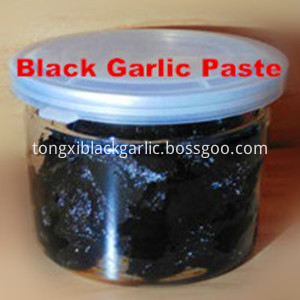Which vegetables are not easily contaminated by pesticides? How to reduce the pesticide residues in vegetables? According to experts, leafy vegetables are prone to excessive pesticide residues, such as northern amaranth, rape, southern cabbage, chicken feathers, mustard and so on. The detection results of pesticides in various vegetable markets showed that the pesticide residues that were easily exceeding the standards included cabbage, vegetables, chicken feather vegetables, leeks, cucumbers, cabbage, beans, mustard, and wormwood. Among them, leeks and rapeseed have the largest proportion of pesticide pollution. Because the cabbage insects are resistant to insecticides, it is difficult for common insecticides to kill pests, and vegetable farmers will choose highly toxic pesticides as soon as possible. Insect pests of leeks often grow in the body of the vegetables. It is difficult for the insecticide to spray on the surface. Many vegetable farmers use large amounts of highly toxic pesticides to irrigate the roots, and the leeks themselves have strong toxicity. Experts recommend that vegetables with relatively small pesticide contamination include: solanaceous vegetables such as green peppers and tomatoes; tender vegetables such as beans; bulbs such as onions, garlic, and onions. How to reduce the pesticide residues in vegetables? According to experts, available soaked water washing method: first wash off the vegetable surface dirt with water, then soaked with water for 30 minutes, so repeated operation two or three times, you can basically remove most of the residual pesticides. Alkaline water soaking method can also be used: First, the vegetable surface is washed with dirt, and then soaked in alkaline water. The ratio is approximately 500 ml of water. Add 5 to 10 grams of alkaline surface, stay for 5 to 15 minutes, and then rinse repeatedly with fresh water. Storage method: Residual pesticides on vegetables can slowly decompose over time, and non-perishable vegetables such as wax gourd and pumpkin can be stored for a week and then eaten. Hot water method: commonly used in celery, spinach, green peppers, cauliflower, beans and so on. Wash the dirt on the vegetable surface first, then put it in boiling water, remove it after 2 to 5 minutes, and wash it with water once or twice.
Black Garlic Paste is made of Peeled Black Garlic without supplements. The paste appears brown to black and is without any impurities. It has a rich garlic odor and it tastes sour with a hint of sweet.The paste is convenient and very easy to eat. It is usable directly after opening, eaten directly or spreaded on bread slices and biscuits.

Black Garlic Sause(Paste)
Black Garlic Sauce,Black Garlic Paste,Fermented Black Garlic Sauce,Pure Black Garlic Paste
Zhucheng Tongxi Commercial And Trade Co.,Ltd. , http://www.blackgarlicgroup.com